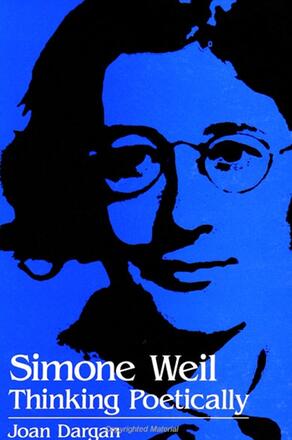
Simone Weil
Thinking Poetically
Alternative formats available from:
Situates Weil’s writing within the French literary tradition, and recognizes her as a master stylist.
Description
Simone Weil created a memorable œuvre remarkable for its lucid, striking, and seemingly transparent prose. Aphoristic and impersonal in tone, it is the instrument of a master stylist. The first to recognize Weil's achievement as a writer, this book situates her work within the French literary tradition, showing its affinities with Pascal and Baudelaire, and acknowledges its kinship to the works of poets and writers of her generation, notably the poets René Char and Marina Tsvetaeva. The parallel between Weil's concept of decreation and the impersonality of the speaker in her prose is shown ultimately to be related to her will to surpass the boundaries of the written page in her drive to self-immolation. Close reading of passages from her notebooks, several short texts, and a proposal for front-line nurses addressed to the Free French illustrates the forces and influences at work in her writing.
Joan Dargan teaches French at St. Lawrence University. She has translated Miklos Veto's The Religious Metaphysics of Simone Weil, published by SUNY Press and is also the author of Balzac and the Drama of Perspective.
Reviews
"This is a singular work in Weil studies. No Weil scholar should go without reading this book. " — Eric O. Springsted, coauthor of Spirit, Nature and Community: Issues in the Thought of Simone Weil
"This book addresses a central issue in Weil's work—the fact that prose style, for Weil, was at the heart of her philosophical enterprise. It is wholly engaging, written in a beautiful, subtle, evocative style which does full justice to its subject. It is richly allusive, bringing in striking illustrations from a wide variety of sources and literatures. Wonderful parallels between Weil's work and those by other masters—Mallarmé, Beckett, Sarraute, Elizabeth Bishop—illuminate Weil's work and enrich the reader's understanding of it. Dargan's translations from the French are beautifully done as well. This book is a pleasure to read. " — Christine Ann Evans, Lesley College